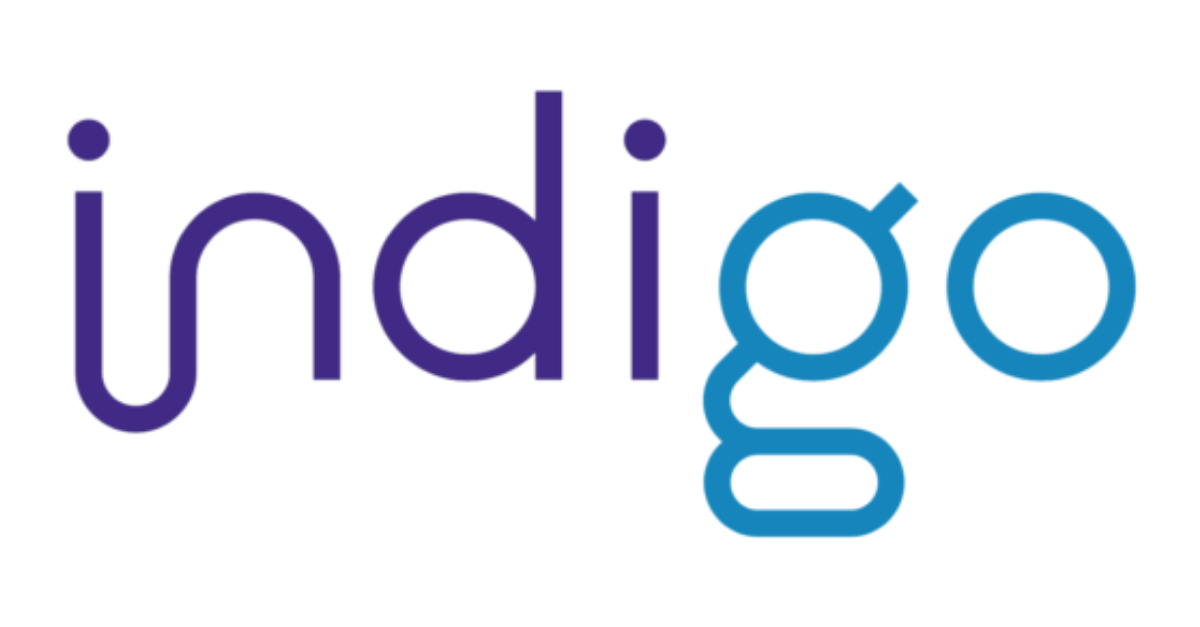Managing Diabetes Today
What is diabetes?
Diabetes mellitus, or simply diabetes, is a metabolic disorder in which the glucose levels in the blood are elevated because the body cannot produce (enough) insulin, or is less sensitive to insulin (so called insulin resistance).
Insulin is a hormone produced in the pancreas that promotes glucose absorption into the body’s cells where it converts into energy. The lack of insulin or the inability of the cells to respond to insulin leads to high levels of blood glucose, also known as hyperglycemia.
If left untreated over the long term, diabetes can cause several life-threatening complications. Acute complications include diabetic ketoacidosis. Long-term complications include cardiovascular disease, stroke, chronic kidney disease, foot ulcers, neuropathy, nephropathy and eye disease, leading to retinopathy and blindness.
However, these serious complications can be delayed or even prevented with careful monitoring and managing.
Today, Continuous Glucose Monitoring is the golden standard in diabetes self-management.
There are three main types of diabetes: type-1, type-2 and gestational diabetes.
Type-1 diabetes (T1D) is caused by an autoimmune reaction. The body’s immune system attacks the insulin-producing beta cells in the islets of the pancreas gland. As a result, the body produces no to very little insulin.
Type-2 diabetes (T2D) is the most common type of diabetes, accounting for about 90% of all cases. Hyperglycemia is the result of an inadequate production of insulin in type-2 diabetes, and a loss of body sensitivity to insulin.
Gestational diabetes (GDM) occurs when pregnant women without prior history of diabetes develop high blood sugar levels.
According to the International Diabetes Federation (IDF), 1 in 11 adults or 425 million people worldwide suffer from diabetes today.
This figure is expected to increase by 50% to 628.6 million by 2045. Diabetes accounts for 12% of the global health expenditure and is the 5th leading cause of early death.1
Continuous Glucose Monitoring
Continuous Glucose Monitoring (CGM) is today’s cornerstone of “diabetes self-management” and has proven itself as the most effective solution to reduce the economic and societal burden of diabetes.
Self-monitoring of glucose for people living with diabetes has allowed patients to take control of their disease and thus directly affect the outcomes related to it.
The most well-known and prominent medical device for monitor blood glucose for diabetics are the finger-prick devices.
